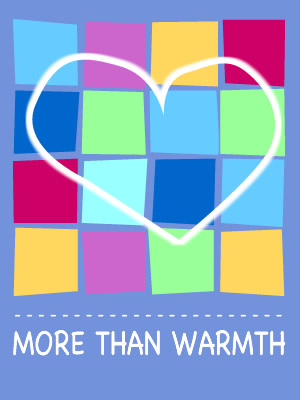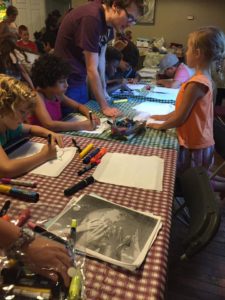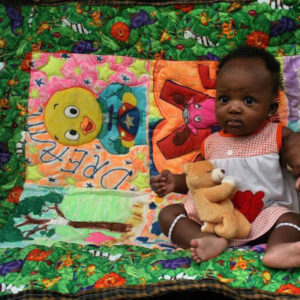Thematic Unit – Slavery Today
UNIT: BASIC INFORMATION
Content area: Thematic Unit
Grade Level: Variable
I. Goals/Objectives:
- General: Emphasize the student as a world citizen by engaging them in
current events of people and cultures from around the world. - Specific: Learning about slavery today.
II. Introduction/Instruction:
- Motivator/Hook:
Engage students in current events in the media to create the awareness of slavery in the world today.
A. Pamphlet “Modern Day Slavery & Human Rights” and Education fact sheet.
B. National Geographic, September, 2003: 21st- Century Slaves There are more slaves today than were seized from Africa in four centuries of the trans- Atlantic slave trade. The modern commerce in humans rivals illegal drug trafficking in its global reach- and in the destruction of lives.
C. Disposable People — by Kevin Bales (Other books are also listed at this link)
D. Slavery Defined — Facts and terms
- Content:
Through discussion of current events, using media, and natural engagement, students will participate as world citizens in making a difference in today’s global problems.
- Key Points:
By focusing the student’s interest in the greater world, the students will realize their place as a world citizen, will participate in world affairs, and learn higher order thinking using reflective
inquiry.
III. Activities:
- Listed activities for hands on engagement:
A. Making a quilt for children freed from a rug factory in India.
B. Raising funds to aid in the freeing and counseling of former slaves
IV. Practice:
- Guided and Independent: Through lecture, group work, Seminar, and Centers, the students will experience various learning methods.
- Homework: Independent research on slavery today, completion of a letter to a child/former slave, and a picture idea for a quilt square.
V. Evaluation:
- Teacher evaluation of student’s participation. Essay on slavery today, or “What is the definition of slavery?”
- Teacher observation of Art center/ quilt square. Evaluation of student’s letters, using letter form, rough draft, etc..
VI. Resources Materials:
- World Maps in the classroom, blank World maps for students to locate countries
- Internet access for current events, Library for research
- 12 inch muslin squares for quilt & fabric markers
- Paper & crayons for picture,
- Paper for letter
- Pocket folder to create a class letter book to go with quilt.
Quilt Checklist
Letters and pictures should be friendly and heartfelt wishes of comfort to warm a child’s heart. They are a way to send greetings from one child to another.
Pictures should express something the student cares for, or loves. Some examples are: flowers, hearts, your puppy, your family, and rainbows. What pictures would make you happy to sleep under at night and dream nice dreams?
Letters and pictures should be:
• Nondenominational: letters and pictures should make no references to religion
• Nonpolitical: letters and pictures should make no reference to political views (no flags)
• Nonviolent: letters and pictures should not have themes that may scare a child (no guns, helicopters, airplanes, trucks, tanks, rain) Please no words on quilt squares. The letters can be written separately.
Supporting Activities
Discussion of where quilts will go
- Decide to make a quilt to warm the children/orphans
- Discuss what should be on a friendship quilt
Discuss what would make a child happy to sleep under
- No violent images (nothing to scare children – no airplanes, helicopters, tanks, trucks, etc.)
- Non-denominational (do not try to change their religion)
- Nonpolitical (nothing to scare children – no political images or flags, etc.)
Draw paper picture (teacher proofs)
Draw picture on fabric
Write letters to children
Map work – finding the United States, Afghanistan, China, India, Iraq, Israel, Romania, South Africa, Swaziland, Tibet, Zambia or other countries
Expectations
- A basic foundation knowledge of map reading
- Ability to acquire and use information
- Ability to make decisions
- Ability to make judgments
- Ability to communicate verbally, manually, and artistically
- Readiness for social participation



